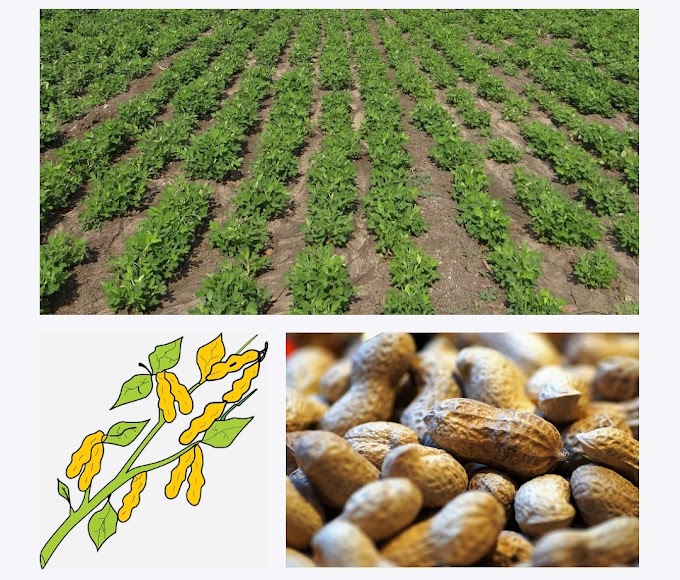| Let's know about bamboo, and its eco-friendliness and future bamboo-related business bars. Bamboo is a hardy plant that originally belongs to the grass family. |
Giant bamboo grass is believed to be the largest among the family. He is globally recognized as one of the fastest growing people due to a rhizome-dependent system.. Such a plant can be seen in almost all continents.. And the most surprising thing is that bamboo does not require specific conditions for its development. Their growth is possible under diverse climatic conditions. Bamboo with its beautiful form has been an inspiration to artists and poets in many eastern countries.. It is believed to bring good luck and prosperity to those who live near it.
It is, in fact, a reality in the form of bamboo now established as an environmentally friendly crop with high socio-economic returns.
This plant is a jack of all trades. From bamboo, almost everything can be made because it is better than all other plants and raw materials. The experience of many bamboo products used to sit on bamboo furniture and mats, use bamboo baskets or eat some bamboo sprouts is limited.
In the last 15 years there has been a huge increase in the variety of bamboo products for sale such as flooring, glued furniture, building pans, high quality cords and fabrics, carbon fiber and bamboo pieces.
The emergence of bamboo as an alternative to wood coincided with the increasing demand for wood..
It's rapid growth cycle with the presence, strength and rigidity of bamboo and the potential for sustainable harvesting make it an increasingly attractive wood substitute. Bamboo is currently mostly used as a wood supplement or as a wood substitute.. This was the most obvious solution because it can be harvested after a maximum of 5 years and rhizomes automatically grow stalks.. A coniferous can only be used after an increase of 100 to 110 years and an oak tree requires a minimum of 80 years.. Then the trees should be repeated elsewhere..
The market outlook for bamboo is strong.. These recent developments have created new opportunities for bamboo markets for rural development and poverty reduction. Specially., The emergence of near-source-adding in modern supply chains leads to an increase in rural communities on the potential economic impact of the region. Feasibility studies show that in Vietnam today, Bamboo has about 5 times the poor financial impact of every ton used to produce bamboo flooring, If it is used to make paper.
Bamboo supplies 10% of the world's paper pulp. The cost of paper per metric ton is over US $ 700.. It can be estimated that a plantation of giant bamboo with 200 bamboo bunches per hectare can give an annual yield of about 2000 polycyth biomass for the manufacture of paper pulp. Fifty metric tons of bamboo can yield 20 metric tons of paper pulp which gives a potential income of US $ 14000 per hectare per year at a cost of US $ 700.. Bamboo shoots are a nutritious vegetable. The export of canned bamboo shoots is a thriving industry in Indonesia and Thailand. Species suitable for food shoot production grown on plantation scale.. Both food shoots and provide mature poles for such plantation construction and generate incomes of over US $ 50 million per year.. Bamboo charcoal and activated carbon are also in high demand. The manufacture of bamboo charcoal is a cottage industry in parts of Africa. One study estimates that currently, the combined annual value of bambu market is approximately US $ 7 billion. The traditional product is about 95% of this value
 |
| Bamboo high demanded crafts |
New industries offer growth potential to compete traditional bamboo-related markets in the medium term.. Markets for bamboo can be classified into 'traditional' and 'non-traditional' or 'emerging' markets. Demand remains strong in traditional markets such as profitable opportunities despite handicrafts, blinds and bamboo shoots.
Other traditional markets, such as chopsticks, are highly classified with low growth and low-profit margins. Emerging bamboo markets include flooring, construction products and laminated furniture. These represent the biggest growth opportunities.. China's growth and strong international demand along with existing bamboo-based industries have produced a growing bamboo sector with in wood-based product industries. Supply problems, including high-demand certified timber, create a positive market outlook for bamboo.. The overall prospects for a diverse bamboo look strong..

















0 Comments